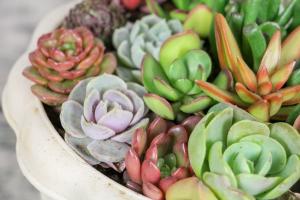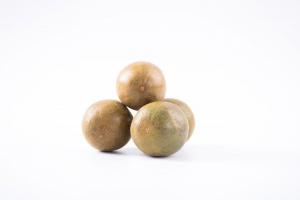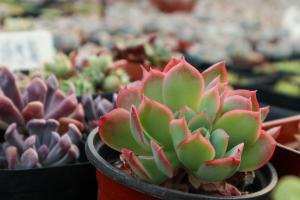Introduction
Peach tree plants are popular fruit trees that can thrive in a range of climates. However, one important factor to consider when growing peach trees is their cold tolerance. In this article, we will explore how cold tolerant peach tree plants are and what factors influence their ability to withstand low temperatures.
Cold Hardiness Zones
The United States Department of Agriculture (USDA) has created a plant hardiness zone map that divides the country into areas based on their average annual extreme minimum temperature. This map can be used as a guide when selecting peach tree varieties that are suitable for specific regions. Peach trees are typically hardy in zones 5-9, with some cultivars being more cold tolerant than others.
Chilling Hours
Peach trees require a certain amount of exposure to cold temperatures to initiate their bloom and fruiting cycles. This amount is measured in "chilling hours," which are defined as the number of hours below 45°F (7°C) that a tree experiences during its dormant period. The specific chilling hour requirements vary among peach tree cultivars, but generally range from 500-1000 hours. If a peach tree does not receive enough chilling hours, its buds may not break, causing reduced fruitfulness and delayed harvest.
Frost Tolerance
Peach trees are susceptible to damage from frost, which can occur when temperatures drop below freezing during the growing season. The most critical period for frost damage is during bloom, when the tree is producing its flowers. Frost can cause the flowers to turn black and fall off, resulting in reduced fruit set. Peach trees may also be damaged by late spring frosts, which can kill young fruit and foliage. To protect peach trees from frost damage, growers may use techniques such as covering the trees with blankets or tarps, or employing frost protection fans or heaters.
Site Selection
The site where a peach tree is planted can greatly affect its cold tolerance. Peach trees should be planted in a location that receives full sun and is protected from cold winds, which can increase the risk of frost damage. The soil should also be well-drained and not prone to waterlogging, as excessive moisture can make the tree more vulnerable to cold injury. Additionally, growers may choose to plant peach trees on a raised bed or mound to promote better drainage and air circulation.
Cultivar Selection
When selecting peach tree cultivars, growers should consider their hardiness, chilling hour requirements, and resistance to disease and pests. Some popular cold-hardy peach tree varieties include Redhaven, Reliance, and Contender. These cultivars are known for their ability to withstand low temperatures, while also producing high-quality fruit. Growers may also choose to plant multiple peach tree varieties with different chilling hour requirements to ensure a successful harvest in colder regions.
Conclusion
Overall, peach trees are relatively cold tolerant and can be grown in a range of climates, provided that the proper site and cultivar are selected. By considering factors such as hardiness, chilling hours, and frost tolerance, growers can successfully cultivate peach trees and enjoy a bountiful harvest of delicious fruit.

 how many times do yo...
how many times do yo... how many planted tre...
how many planted tre... how many pine trees ...
how many pine trees ... how many pecan trees...
how many pecan trees... how many plants comp...
how many plants comp... how many plants can ...
how many plants can ... how many plants and ...
how many plants and ... how many pepper plan...
how many pepper plan...






























